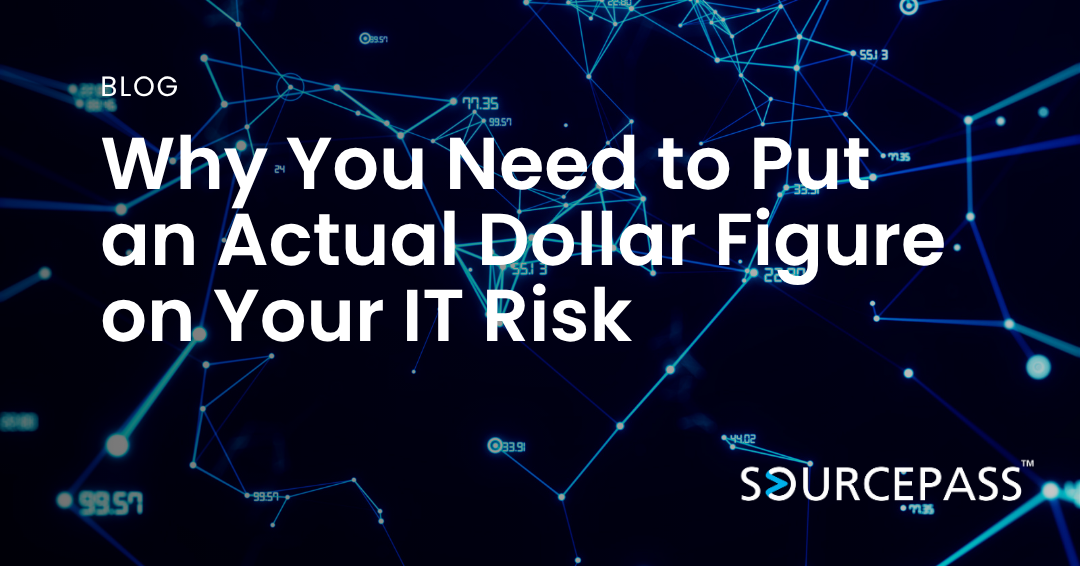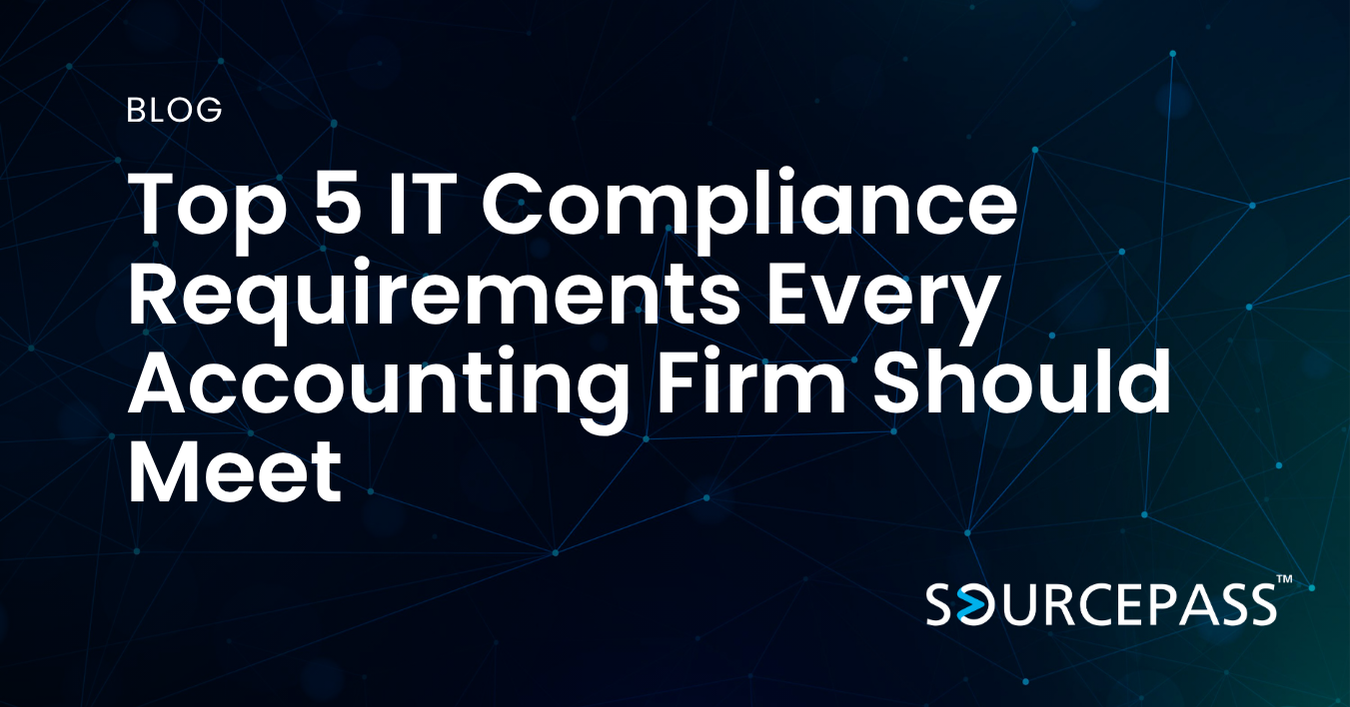Why You Need to Put an Actual Dollar Figure on Your IT Risk
Jun 25, 2025 Alex Davis Security & Compliance | Costs & Budget 2 min read



Most business leaders understand that IT issues are expensive—but few take the time to quantify just how expensive. Whether it’s system downtime, a data breach, or a failed compliance audit, every IT failure comes with real financial consequences. The problem? Too many organizations treat IT risk as vague or unmeasurable, leading to underinvestment and overexposure.
In this article, we’ll explore why putting an actual dollar figure on your IT risk is essential—and how doing so helps you justify smarter, more strategic technology decisions.
Why Businesses Undervalue IT Risk
It’s easy to underestimate IT risk because its costs are often indirect, delayed, or hidden. Leadership teams may prioritize visible expenses—like headcount, real estate, or marketing—while assuming that “IT just works.”
But IT issues don’t just impact your systems—they disrupt your operations, damage customer trust, and stall revenue.
What Is IT Risk—and Why Does It Matter?
IT risk refers to the potential financial, operational, or reputational harm that can arise from technology failures, cyber incidents, or compliance violations.
Common IT risks include:
- System downtime or outages
- Data breaches and ransomware attacks
- Loss of sensitive or proprietary data
- Non-compliance with regulations like HIPAA, PCI, SOX, or GDPR
- Insider threats or user error
- Unpatched vulnerabilities or outdated systems
Quantifying these risks gives you the insight to make cost-effective IT investments that prevent larger, more damaging problems.
How to Calculate IT Risk in Dollar Terms
To start building a business case, you need to understand both probability and impact:
Risk Value = Likelihood of Incident x Financial Impact
Here’s how to apply that formula in real-world scenarios:
1. Downtime Cost Calculation
Let’s say your company has 50 employees, each generating $100/hour in billable or productive work. If your system goes down for 3 hours:
50 employees × $100/hr × 3 hrs = $15,000
Now factor in lost revenue, delayed projects, and reputational harm, and the actual cost could be double.
2. Cybersecurity Breach Impact
According to IBM, the average cost of a data breach in 2023 was $4.45 million. Even for small to mid-sized firms, a breach could easily exceed $100,000–$500,000, including:
- Forensic investigation
- Customer notification
- Legal fees and regulatory fines
- Business interruption
- Reputation damage
If your security posture is weak or your team lacks endpoint protection and threat monitoring, the likelihood of a breach is significantly higher.
3. Compliance Violation Penalties
Failure to meet industry-specific compliance standards can result in:
- HIPAA: $100 to $50,000 per violation
- PCI: $5,000–$100,000 per month
Now multiply those figures by the number of records or transactions—and the cost of non-compliance becomes a tangible threat to your bottom line.
IT Risk Isn't Just About Catastrophic Events
While large-scale breaches and outages get headlines, day-to-day inefficiencies—like slow systems, poor patching habits, and outdated hardware—can silently cost your company thousands per year in lost productivity.
For example:
- Unpatched endpoints lead to malware infections
- Manual workflows delay project delivery
- Lack of documentation results in slow onboarding/offboarding
These are all risks that can and should be measured.
Why Quantifying IT Risk Strengthens Your Business Case
When you can present executives or board members with specific financial impacts, you shift the conversation:
From: “We need to spend more on IT.”
To: “We're currently exposed to $250,000 in potential risk—here’s how we can reduce that by half.”
This approach helps:
- Prioritize IT investments (e.g., security tools, disaster recovery, monitoring)
- Create a clear ROI case for MSPs or IT modernization
- Align IT with business outcomes, not just technology needs
Tools and Frameworks to Help
You don’t have to build your own model from scratch. Consider using:
- NIST Risk Management Framework for structured analysis
- CIS Controls for threat identification and mitigation
- Risk heat maps to visualize impact and likelihood
- IT assessments or scorecards from trusted MSPs
Working with a managed IT provider often includes risk evaluation services that turn vague threats into clear, prioritized action items.
Final Thoughts: Don’t Guess—Measure
The businesses that thrive in today’s digital landscape aren’t the ones who ignore IT risk—they’re the ones who measure it, prepare for it, and reduce it proactively. Whether you're a COO, CFO, or business owner, quantifying your exposure is the first step toward smarter IT strategy, better financial planning, and greater peace of mind.
Subscribe To
Sourcepass Insights
Sourcepass Insights
Stay in the loop and never miss out on the latest updates by subscribing to our newsletter today!


